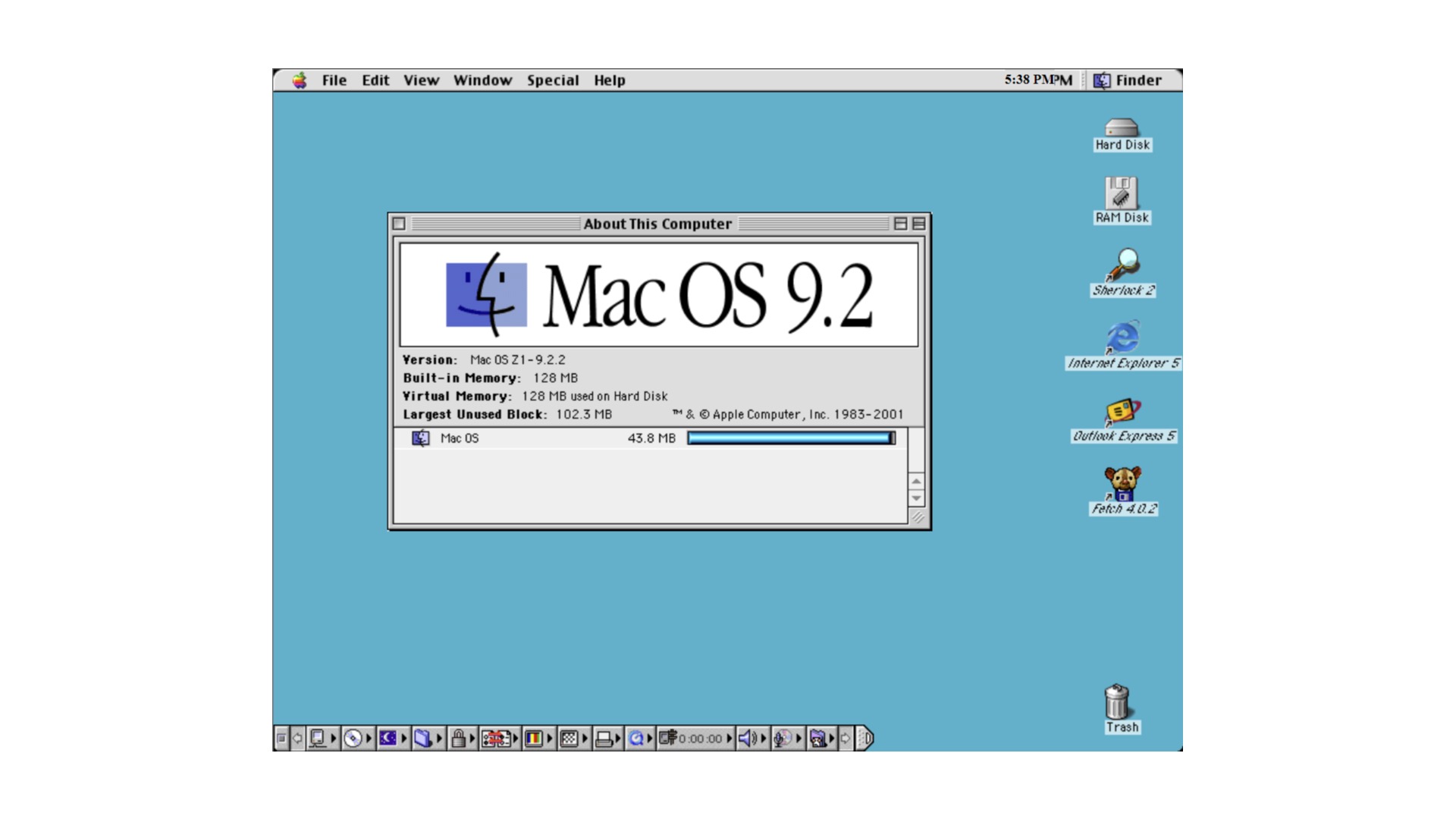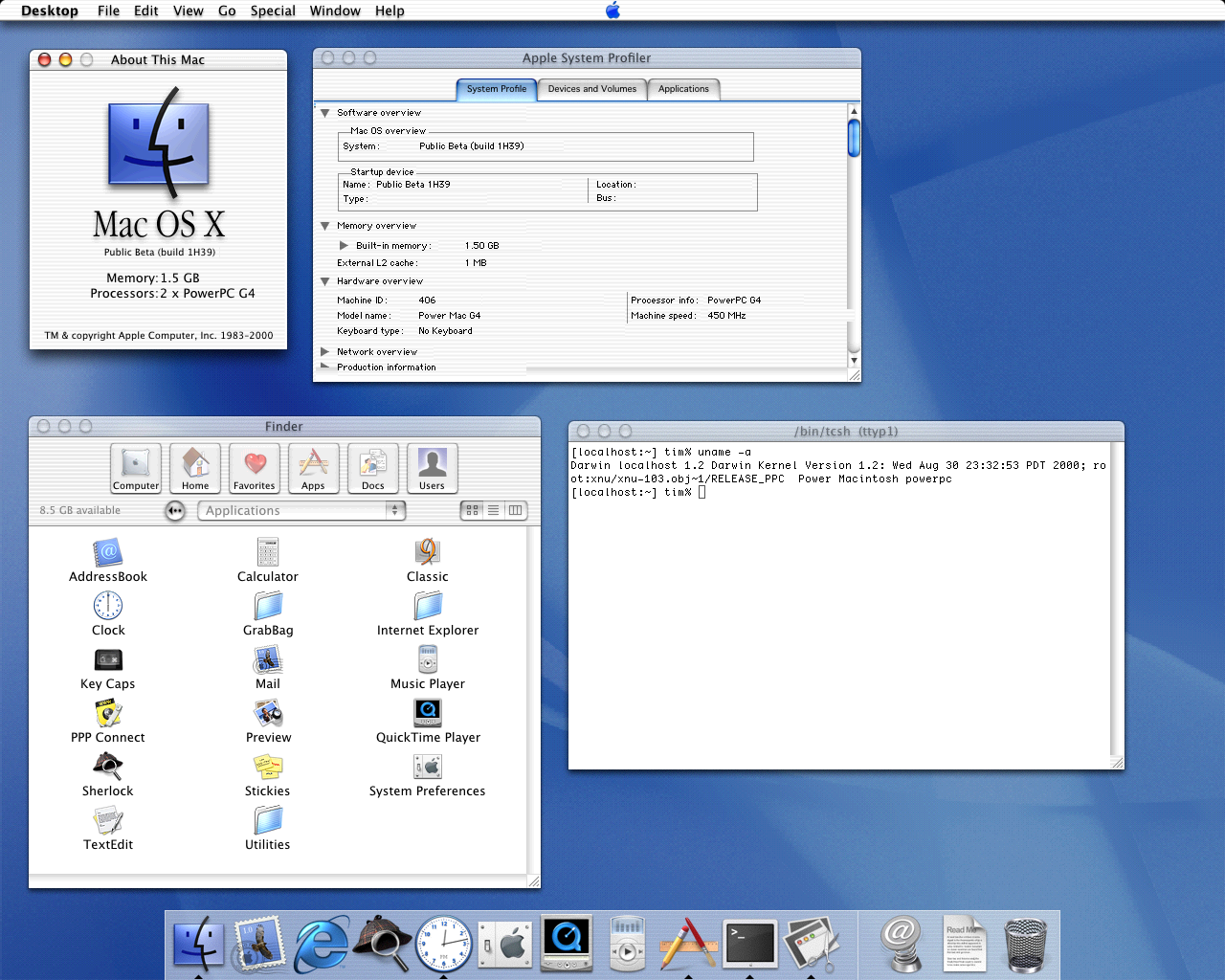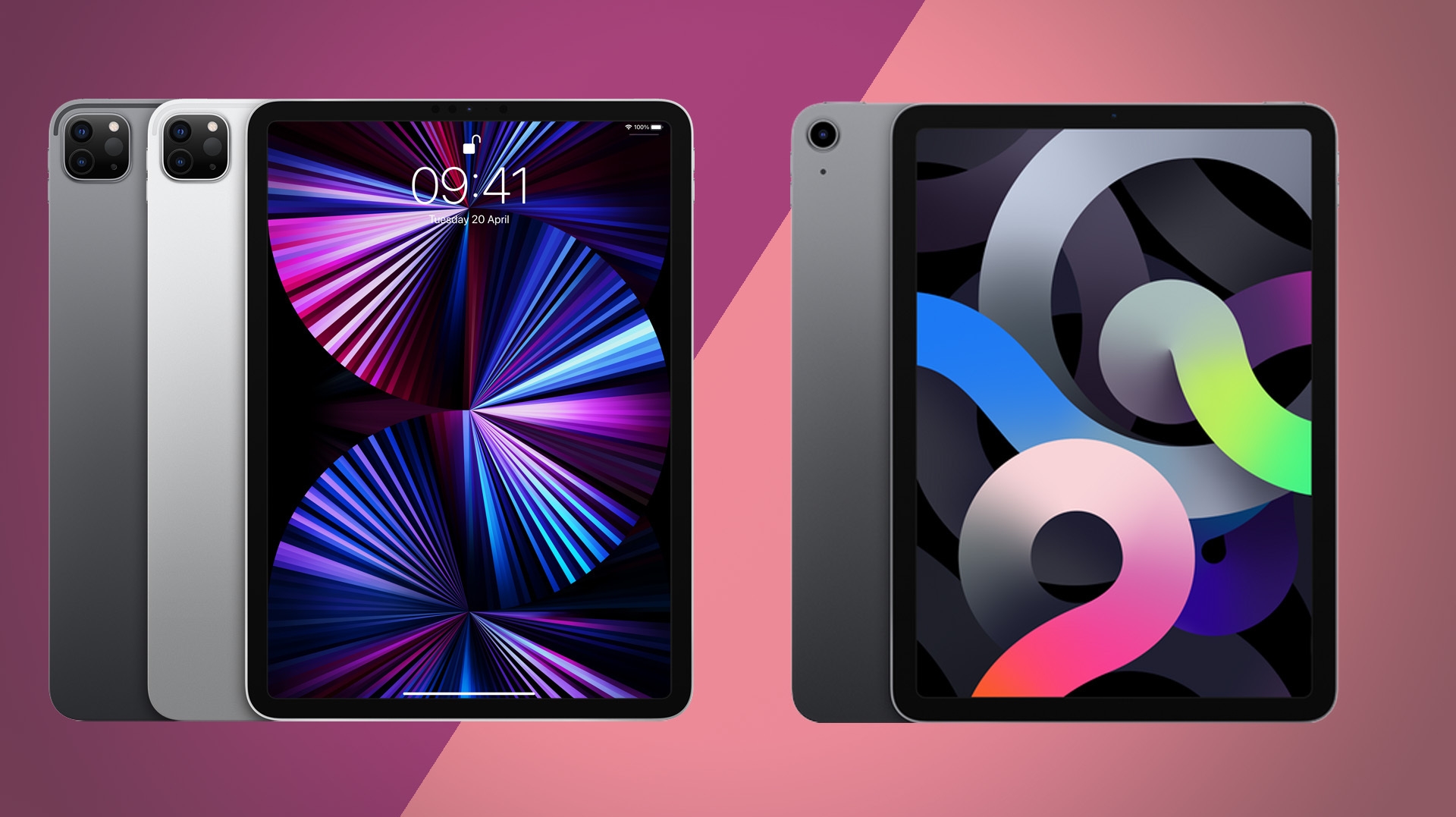Last month, Apple announced a new model of their iPad Pro line that features the M1 chip. This is its own chip that’s a move away from Intel that supplied the CPU for the Macs.
It’s the company’s latest effort to place its stake in the ground to own more of the Apple engine, but also how it can go further in their design and features across the whole product line.
However, owners have been waiting for the tablet to finally separate itself from the OS of iPhone, and soar to become its own thing. With the M1 chip now in the iPad, users are curious as to how it will benefit the tablet, especially as it can be found in the new iMac and its multitude of colors.
As we await what Apple is going to announce for WWDC in June, many are hoping for the iPad to finally have its due; to have the software match the powerful hardware that’s now available.
But we’ve actually been down this road before, 22 years ago, and hopefully we may see history repeat itself.
- New iPad Pro M1 benchmarks leak, but does it matter?
- The best iPad to pick in 2021
- Zoom on iPad is gaining a much-needed upgrade
What was Mac OS 9?
In the late 90s, Apple was on the ropes. It was similar to the first half of Rocky III, trying the same techniques, but looking dated, even predictable.
There were aborted efforts to redefine the operating system of MacOS, named Copeland around 1995, but with a confused objective across the company, it never amounted to anything.
If you were at school during these times, you may have come across a beige Macintosh with a desktop that looked like a pixelated version of how macOS currently looks, alongside the classic six-color Apple logo.
Once Copeland was abandoned, Mac OS 8 and 9 were released toward the end of the nineties, as a go-between from the classic operating system and to what was coming.
Long-requested features had arrived such as file sharing over a network, customised fonts, tabbed windows in Finder.
But the users wanted, nay, needed something more. It was still lagging behind Windows 98 at the time.

A Rhapsody of praise
Once Steve Jobs returned to the company in 1998, it was decided to use most of the codebase from the company that Apple had bought to bring him and his team back in - NeXT.
This was the codename for what would become Mac OS X, which was made available as a public beta in 2000.
There was a dock, an easier method of searching for your apps, a new UI, and true multitasking support.
Sound familiar?
Now we are onto macOS 11, with a redesigned UI and features that mirror what we use everyday on our iPhones and iPads.
We’re seeing the benefits of the M1 chip, not just its powerful performance, but with the iMac being the first major redesign to the product in years, alongside rumors of a similar redesign coming to the MacBook Air.

iPadOS should have its Rhapsody moment
The iPad’s operating system has been on a tick-tock cycle - one year there’s a plenitude of features, but another year there may be a trickle of features and bug fixes.
It wasn’t until iOS 11 in 2017 that the iPad got its own dock, alongside a drag-and-drop feature. But even now, multitasking is something that’s not easy to find and use, while the Files app is lacking certain features, some as obvious as a progress bar when you’re copying files to a different folder.
While the operating system was renamed to iPadOS in 2019, there’s still a lingering feeling that Apple isn’t sure what to do with the platform. While mouse support arrived last year, it was hoped that external-display support would arrive with the new M1 iPad Pro, especially as its USB 4 port can easily mirror a 4K display.
But it wasn’t to be.
We currently have an engine of a Reliant Robin inside a Ferrari - the iPad is capable of so much, but the operating system hinders the whole product line.
If iPadOS 15 was to be a full reboot of the OS and not just an obvious extension of iPhoneOS, it could be a platform that would truly flourish.
It needs its own Mac OS X moment, one that developers and users can really flex their muscles to the tablet with next to no restrictions and no compromises.

What could be next?
However, Apple may already be keenly aware of this, and we may in fact see a redesigned iPadOS soon. But in the meantime, there’s plenty of features that could help users and developers right now.
Features such as:
- Apple Watch and Fitness widgets integration
- Podcast recording
- Proper external display support
- Widgets placed anywhere on the home screen
- Better multitasking
We’re already seeing macOS flourish again after its low point in the last few years, with the MacBook Air, Mac Pro and Mac Mini finally seeing their due, and with the new iMac about to arrive, many may be tempted to move on from their iPad, and simply look towards a MacBook Air. Especially now that the M1 chip is in both their computers and tablets, that line is becoming blurred to some consumers, wondering which one could be best for the coming years.
Customers want to see that variation, that justification to why an iPad can do certain things better than both an iPhone and a Mac. At present that line is becoming confused, but if iPadOS finally sees its Mac OS X moment, we could finally start enjoying parts of the iPad again, and not wait in hope for what could be coming to the platform.
from TechRadar - All the latest technology news https://ift.tt/2RdCioN
